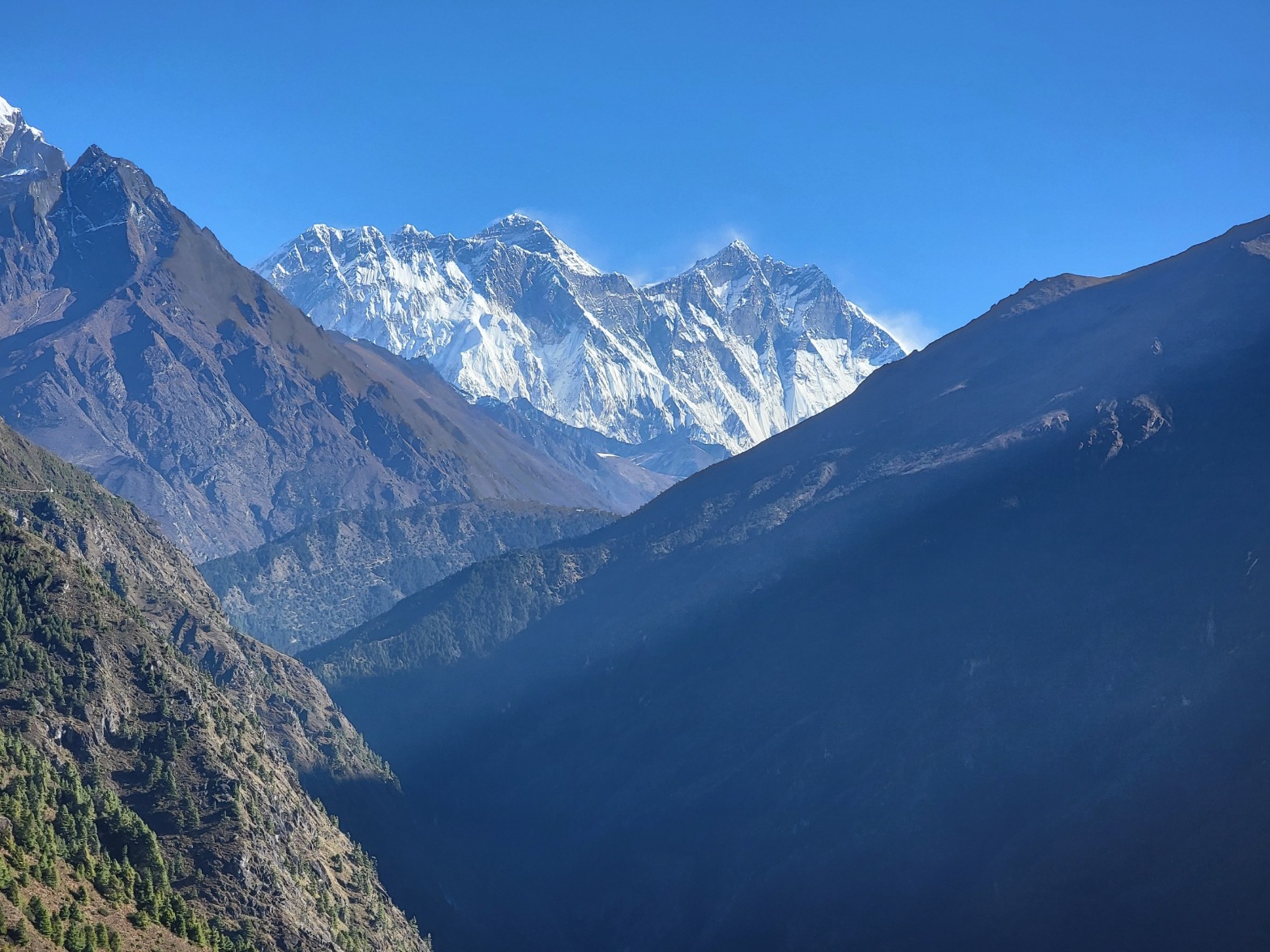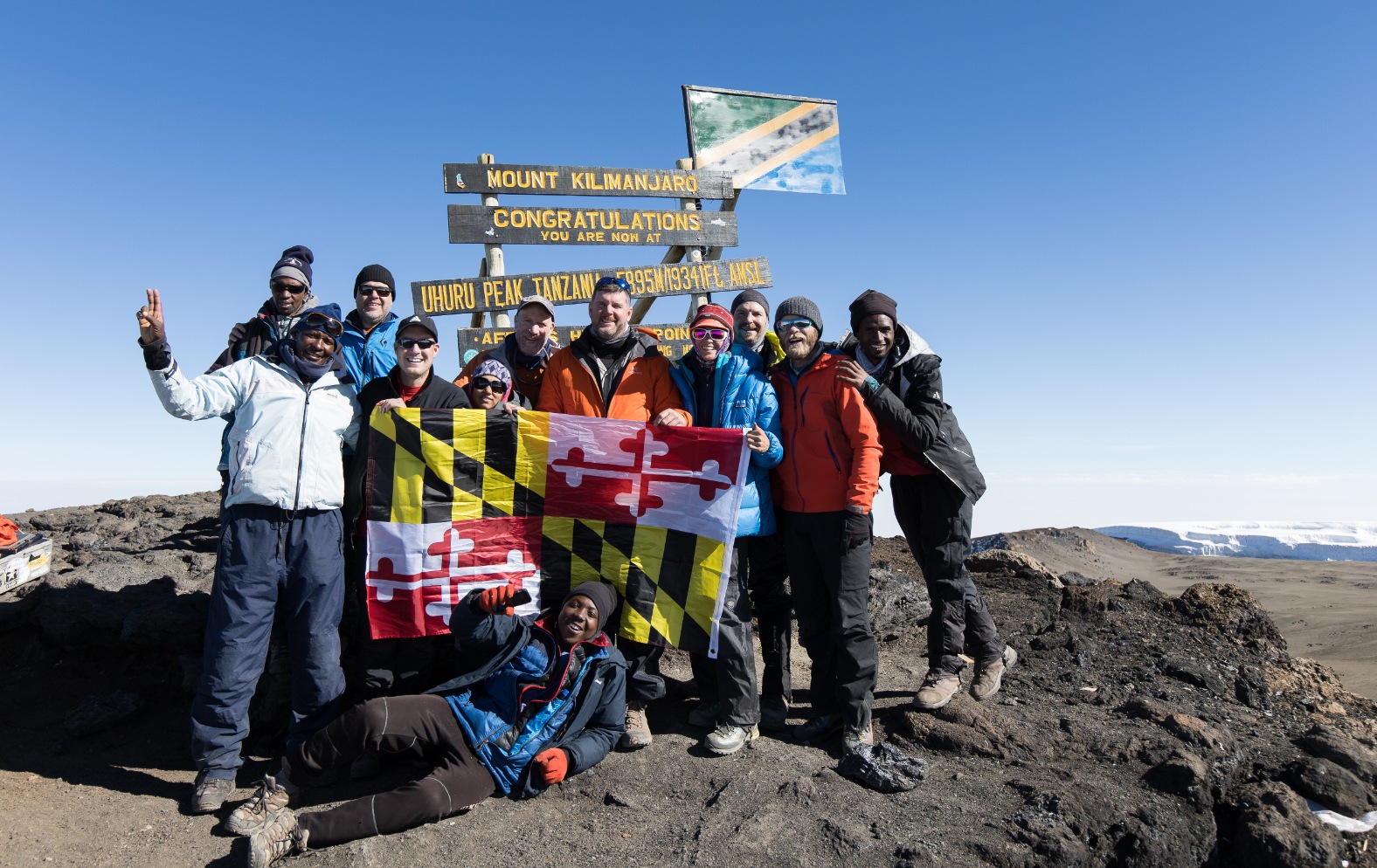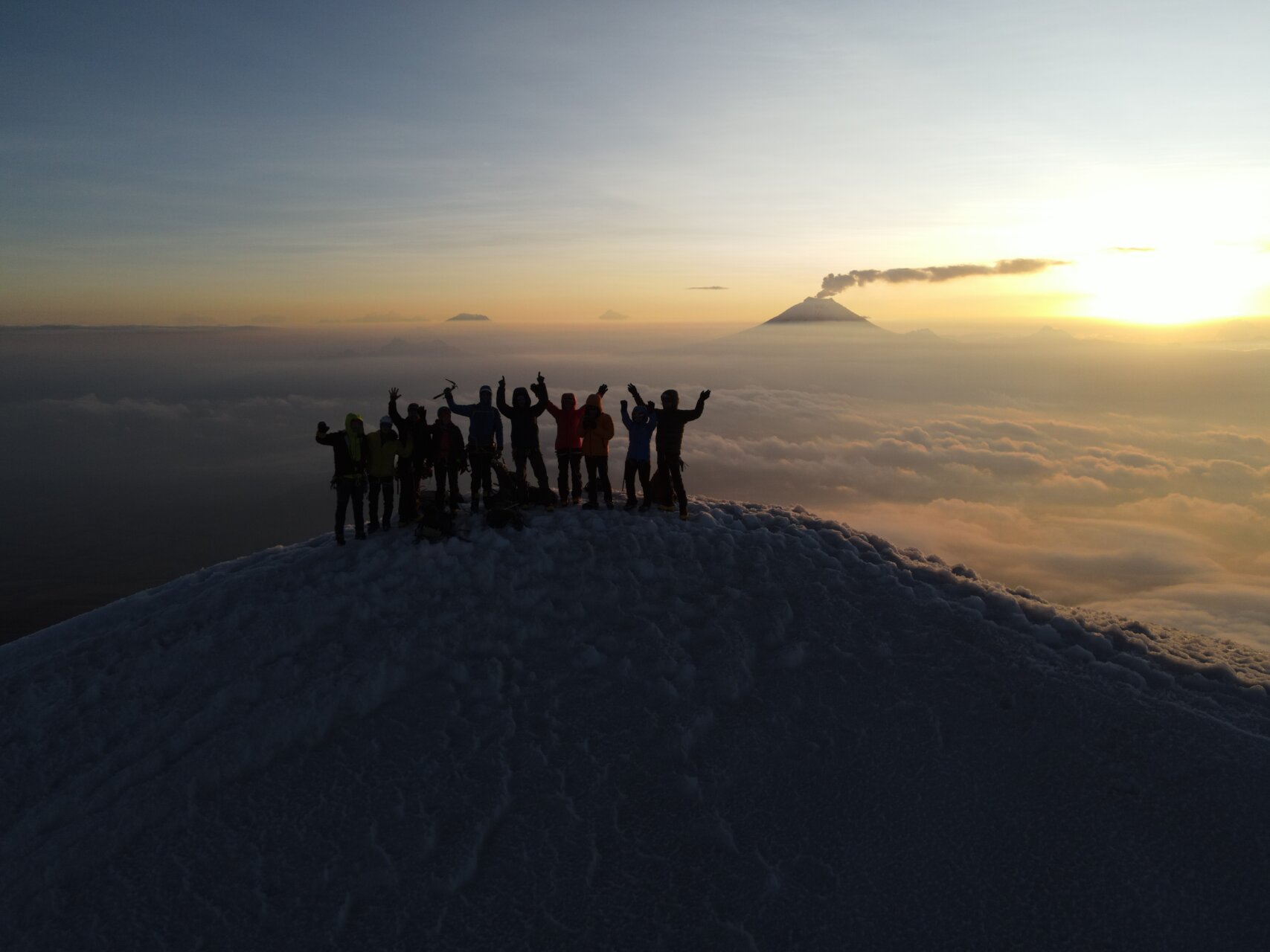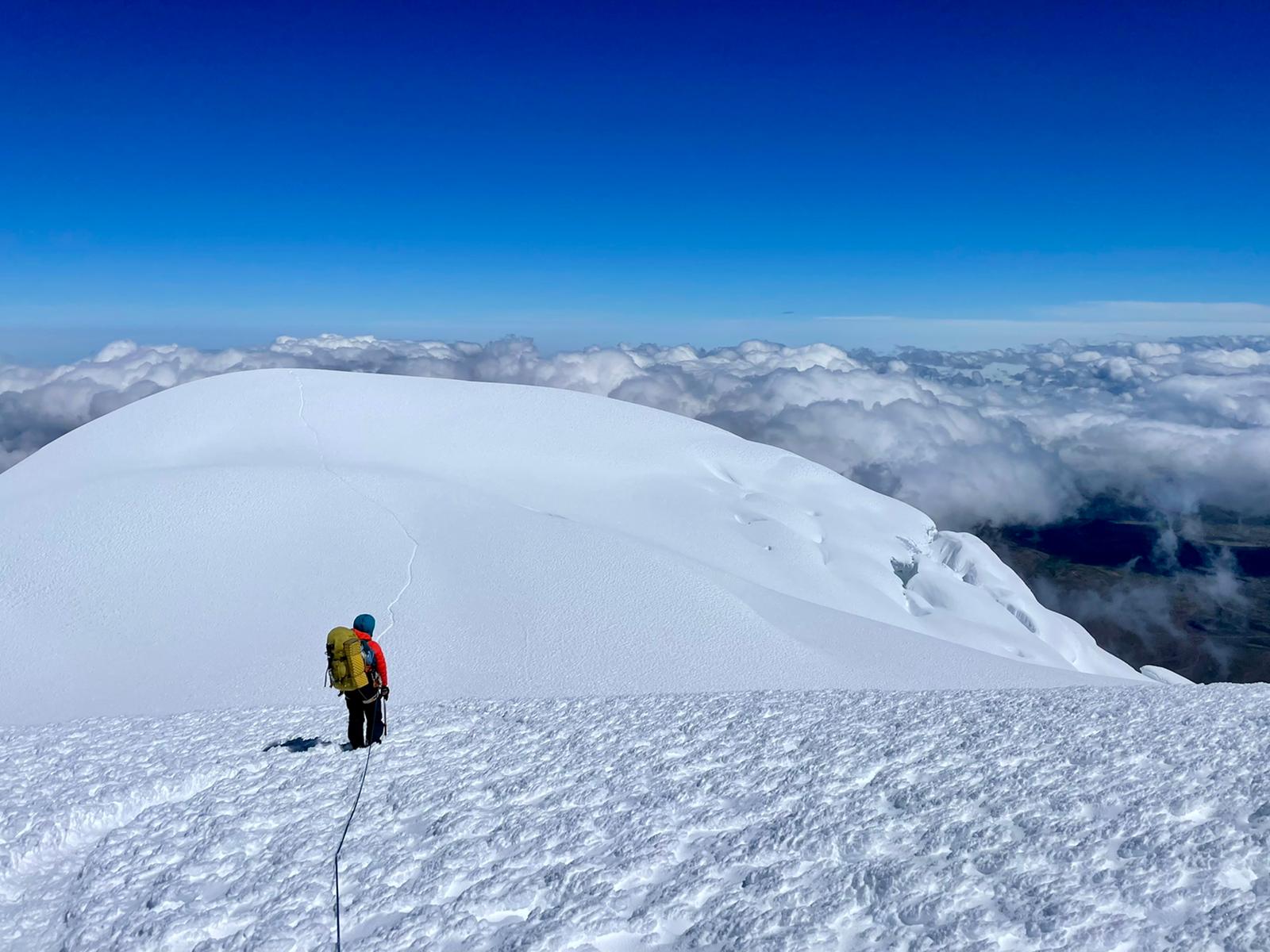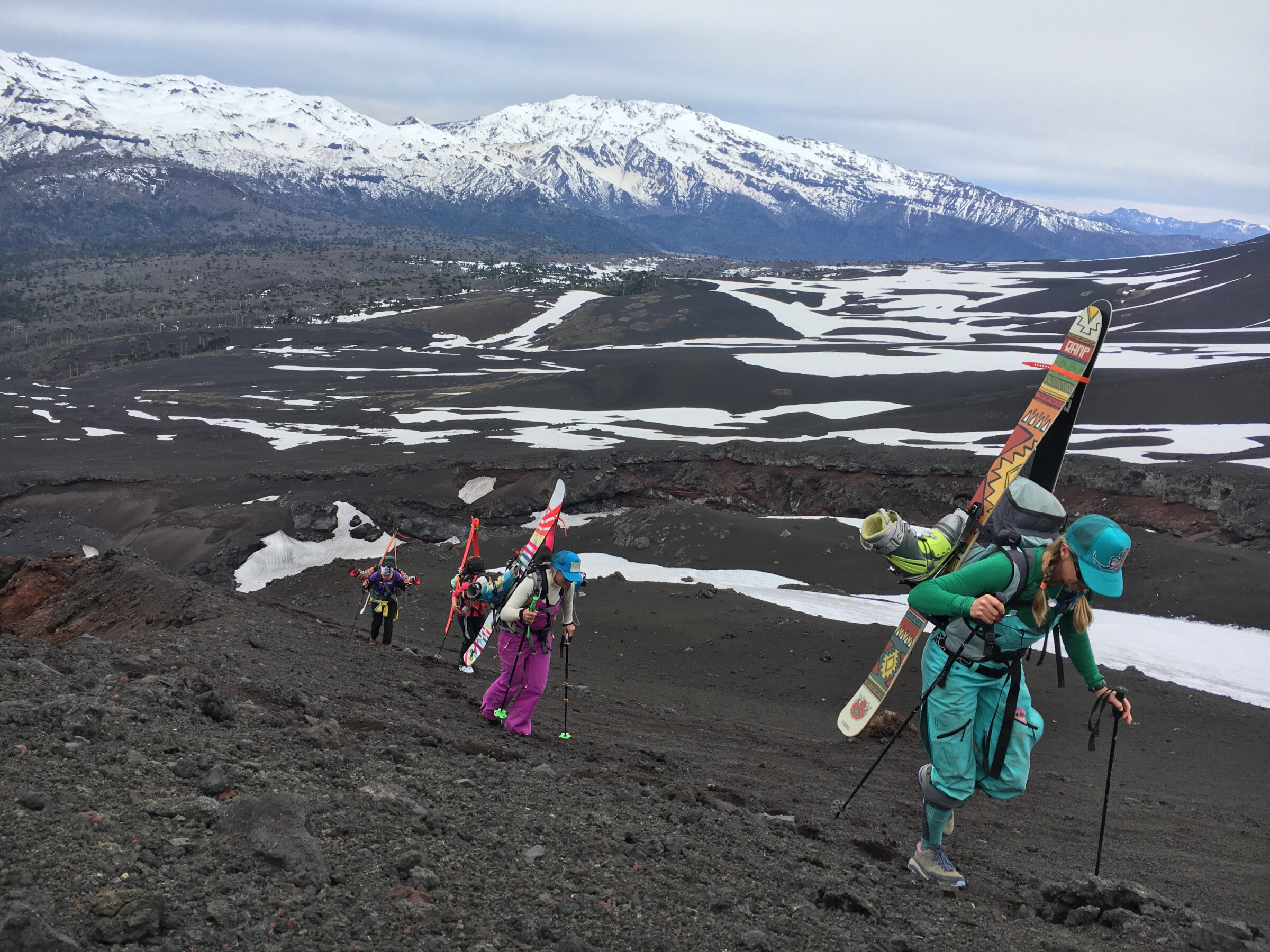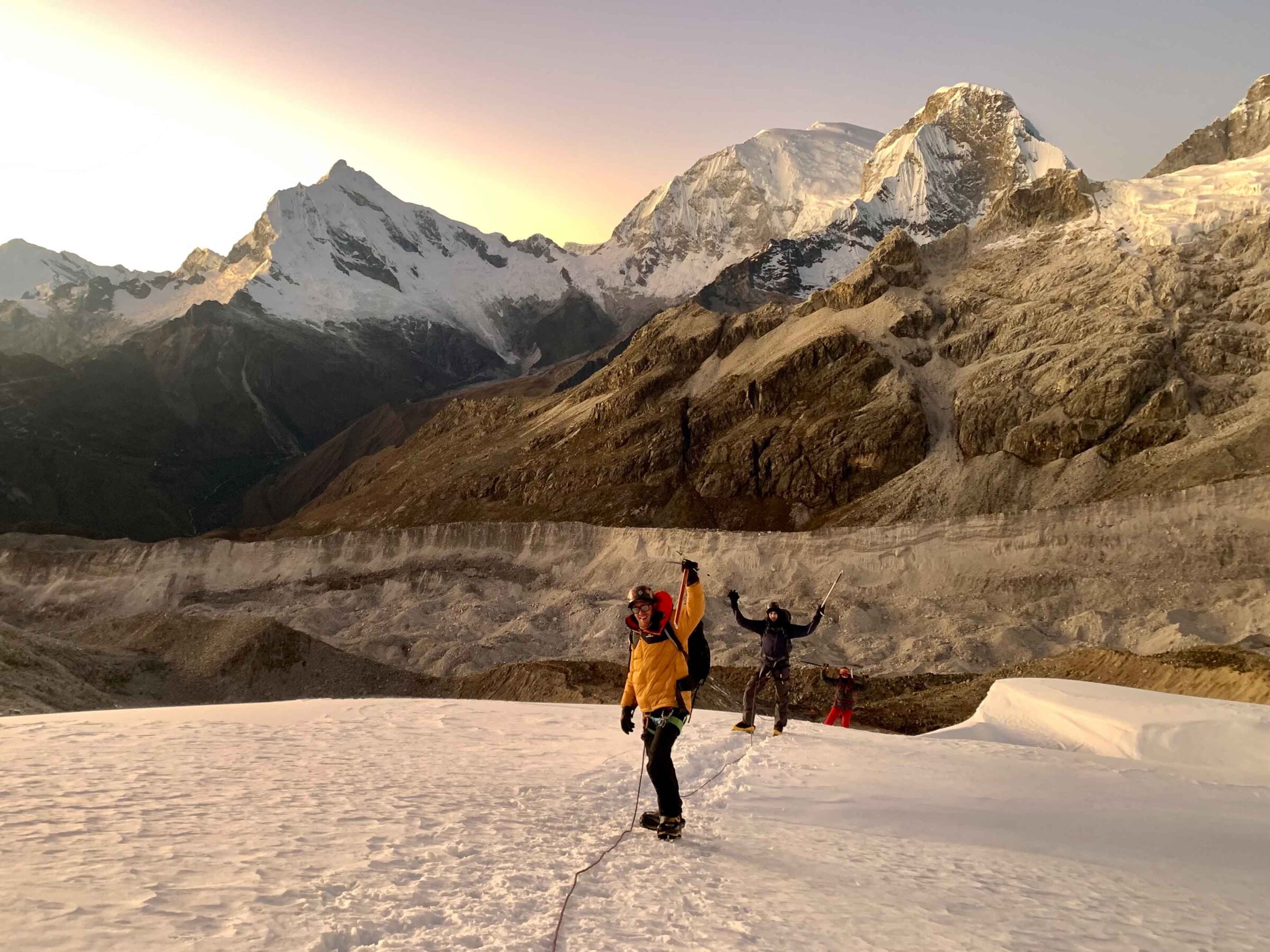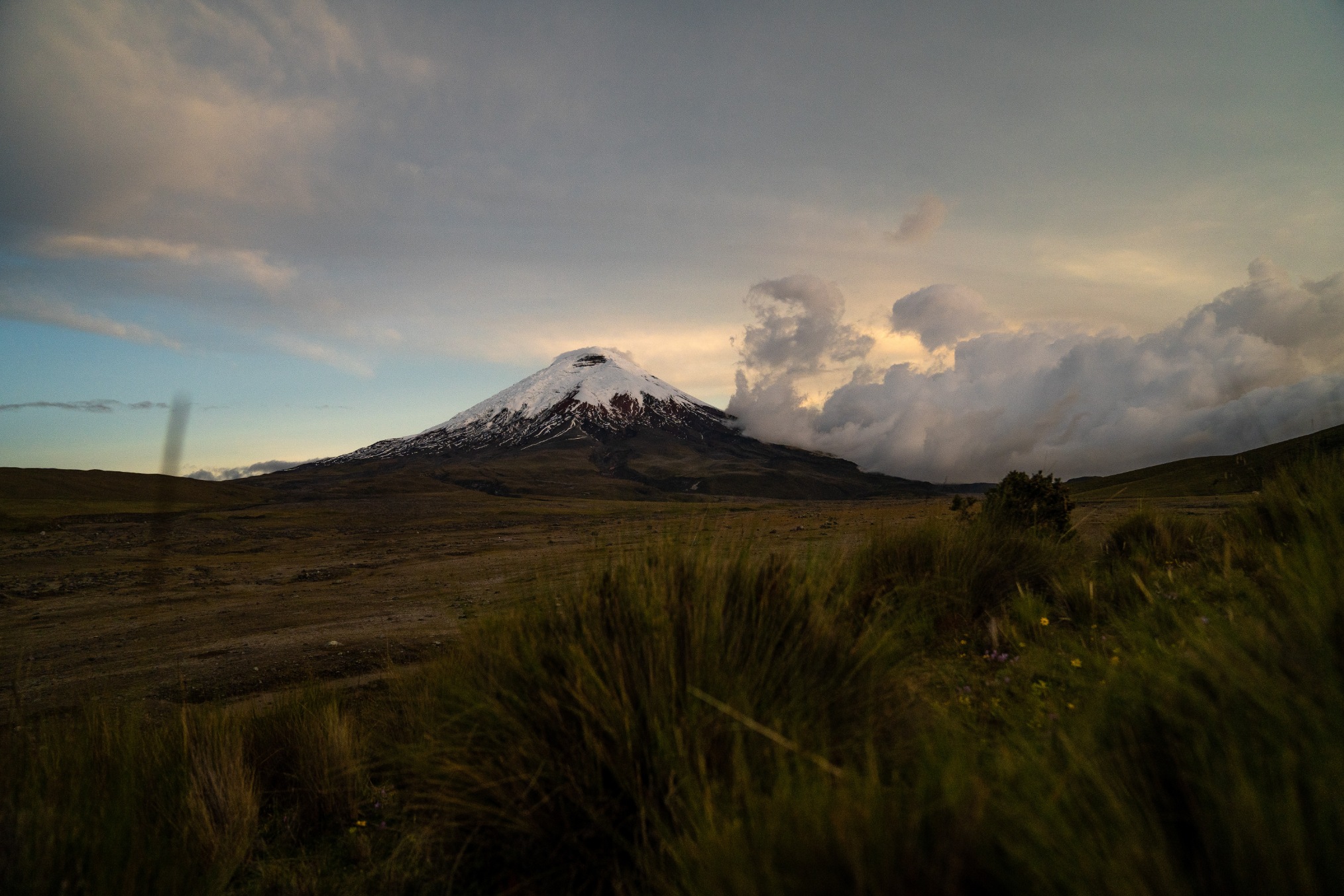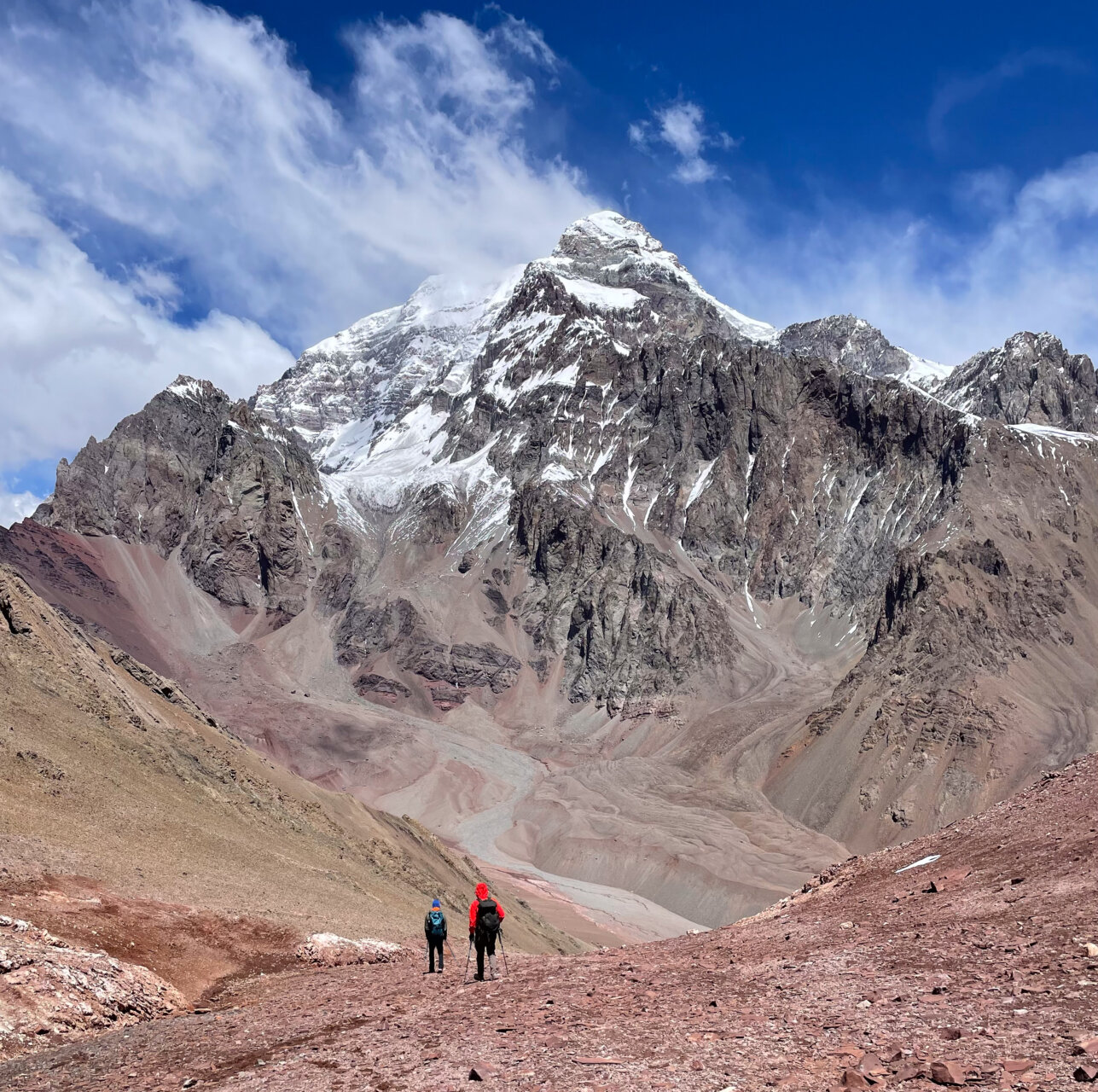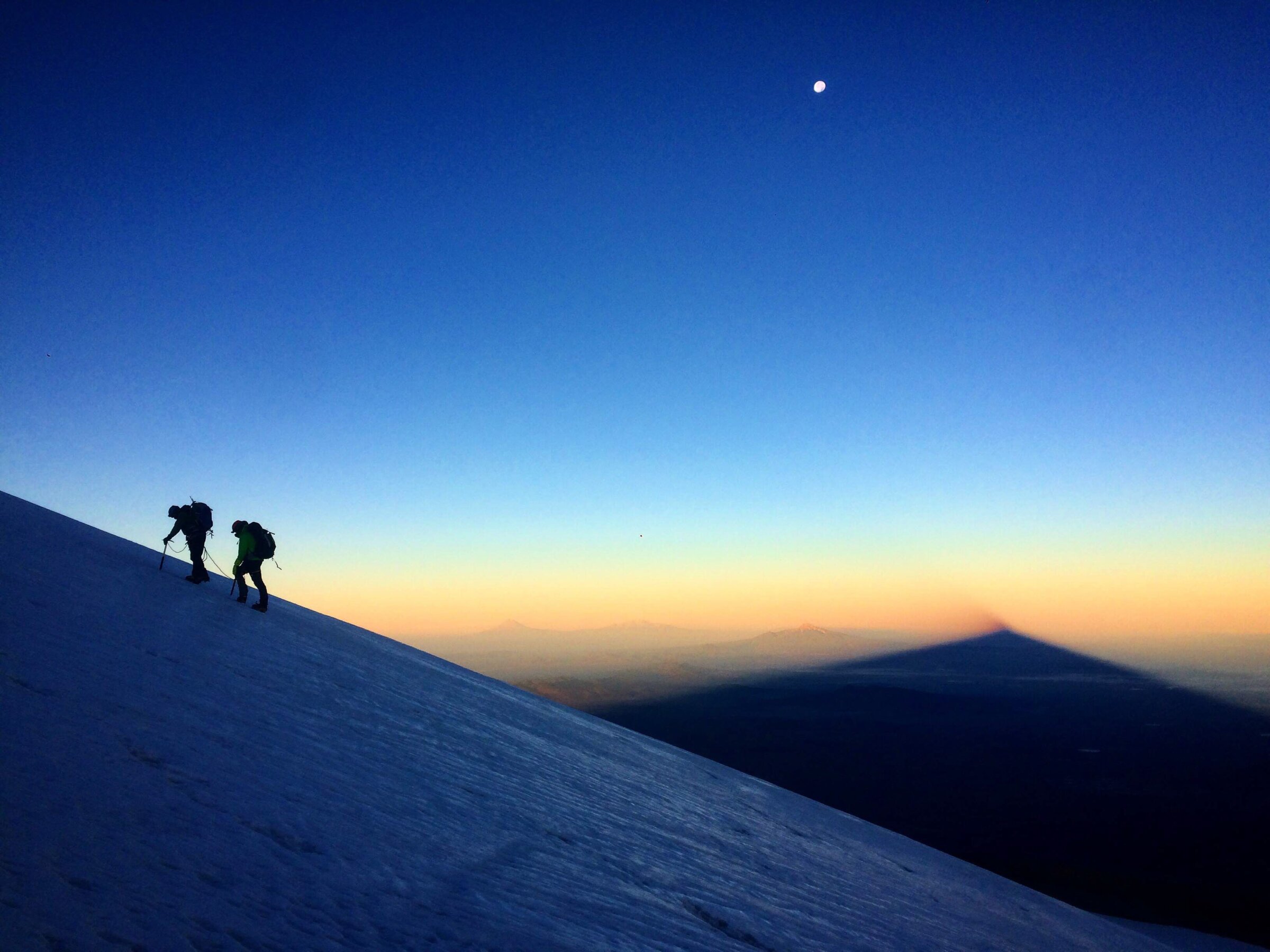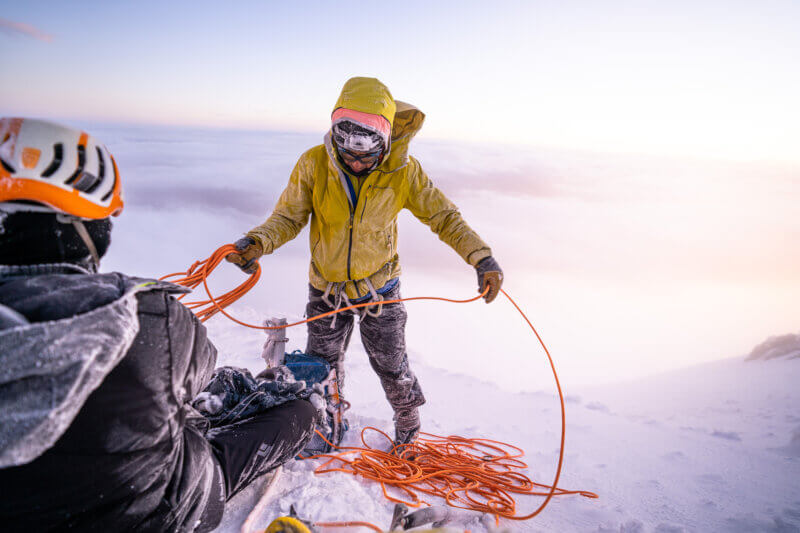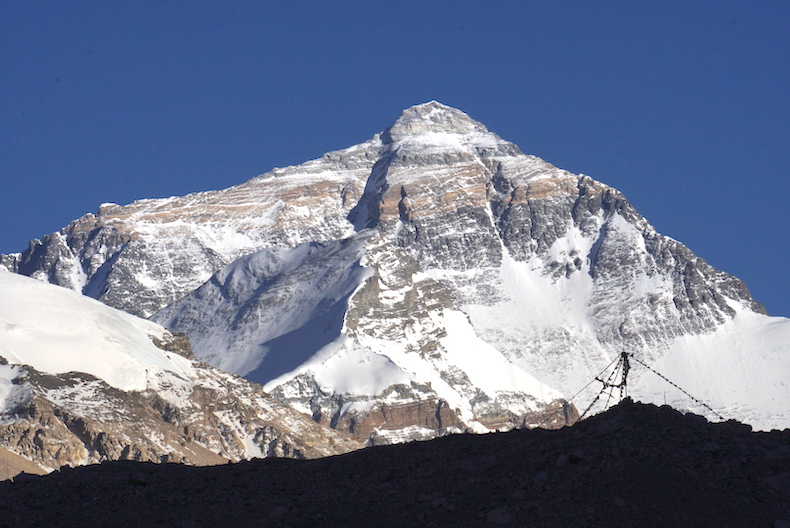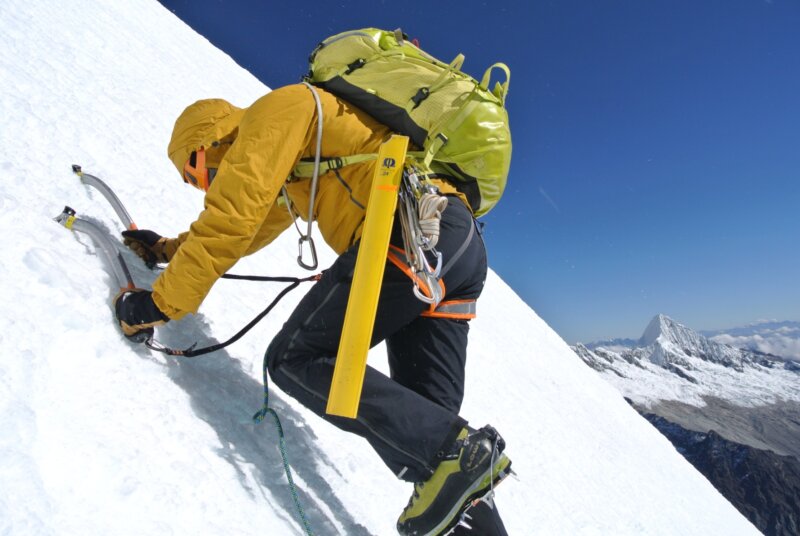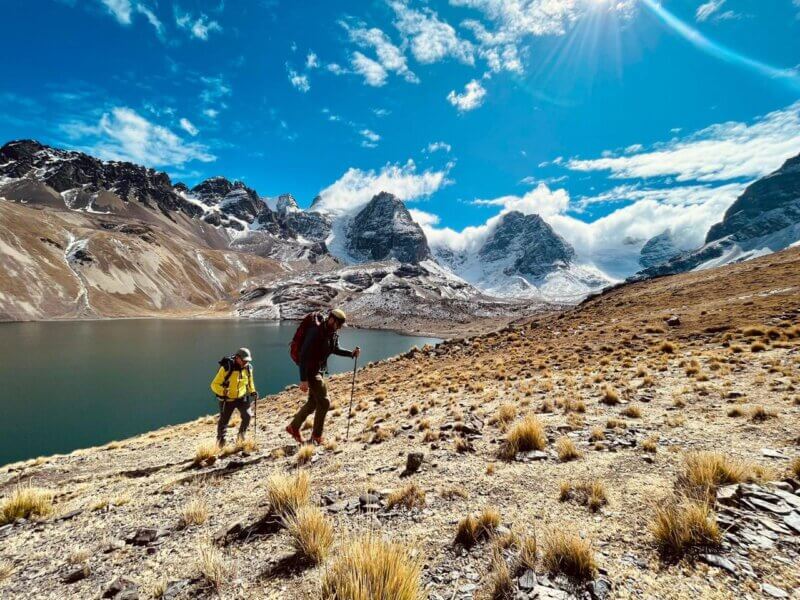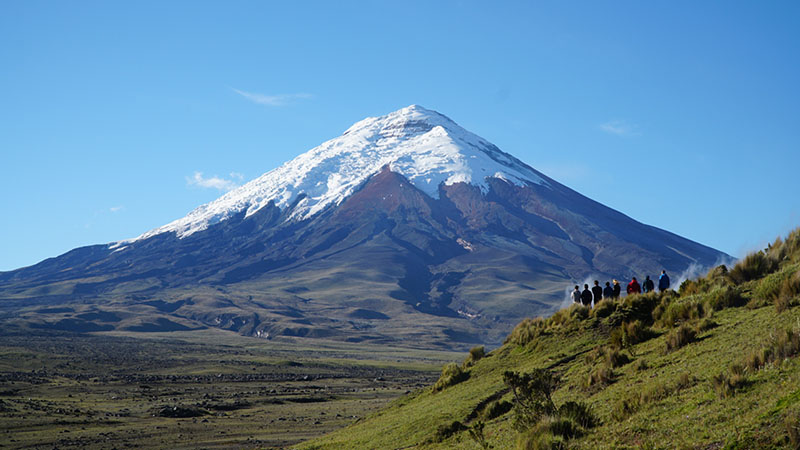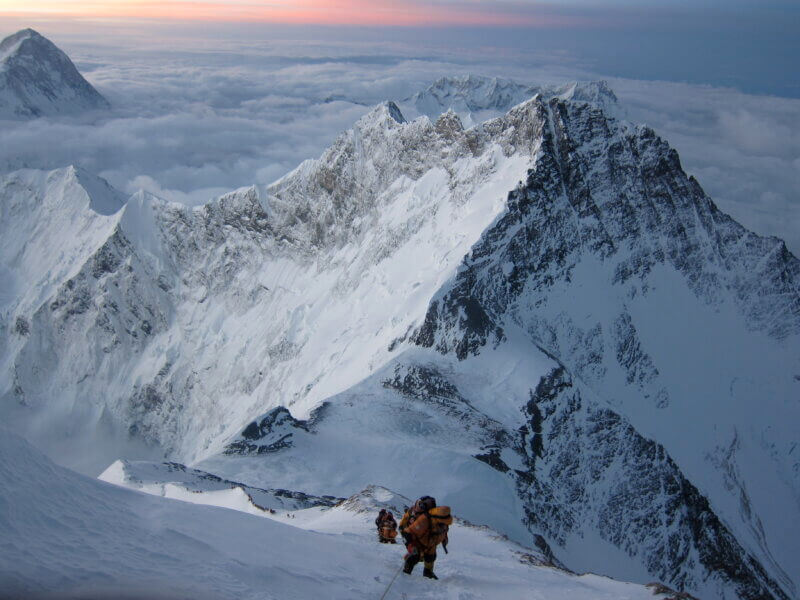Age Is Just A Number: Training for Everest Base Camp at 68

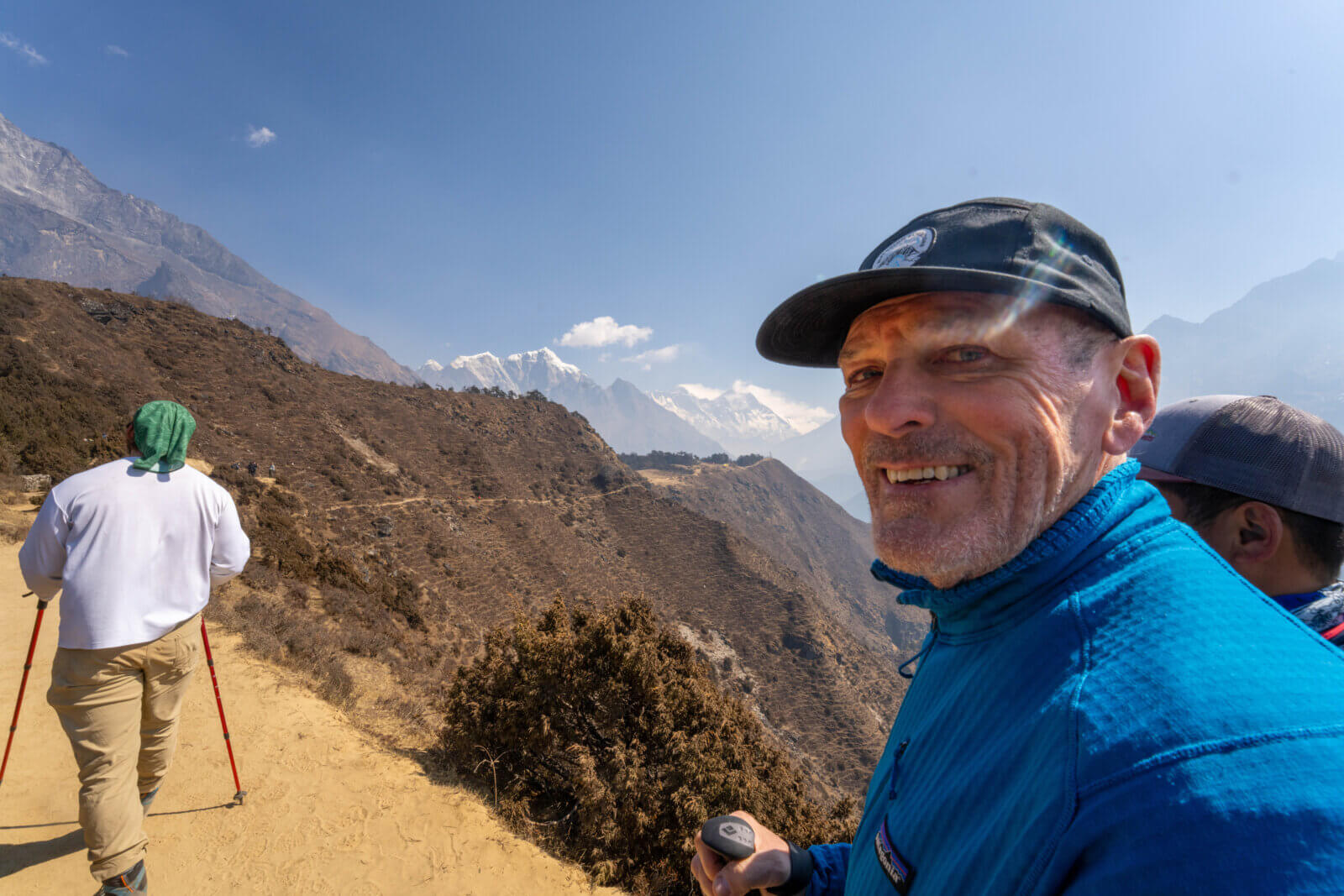
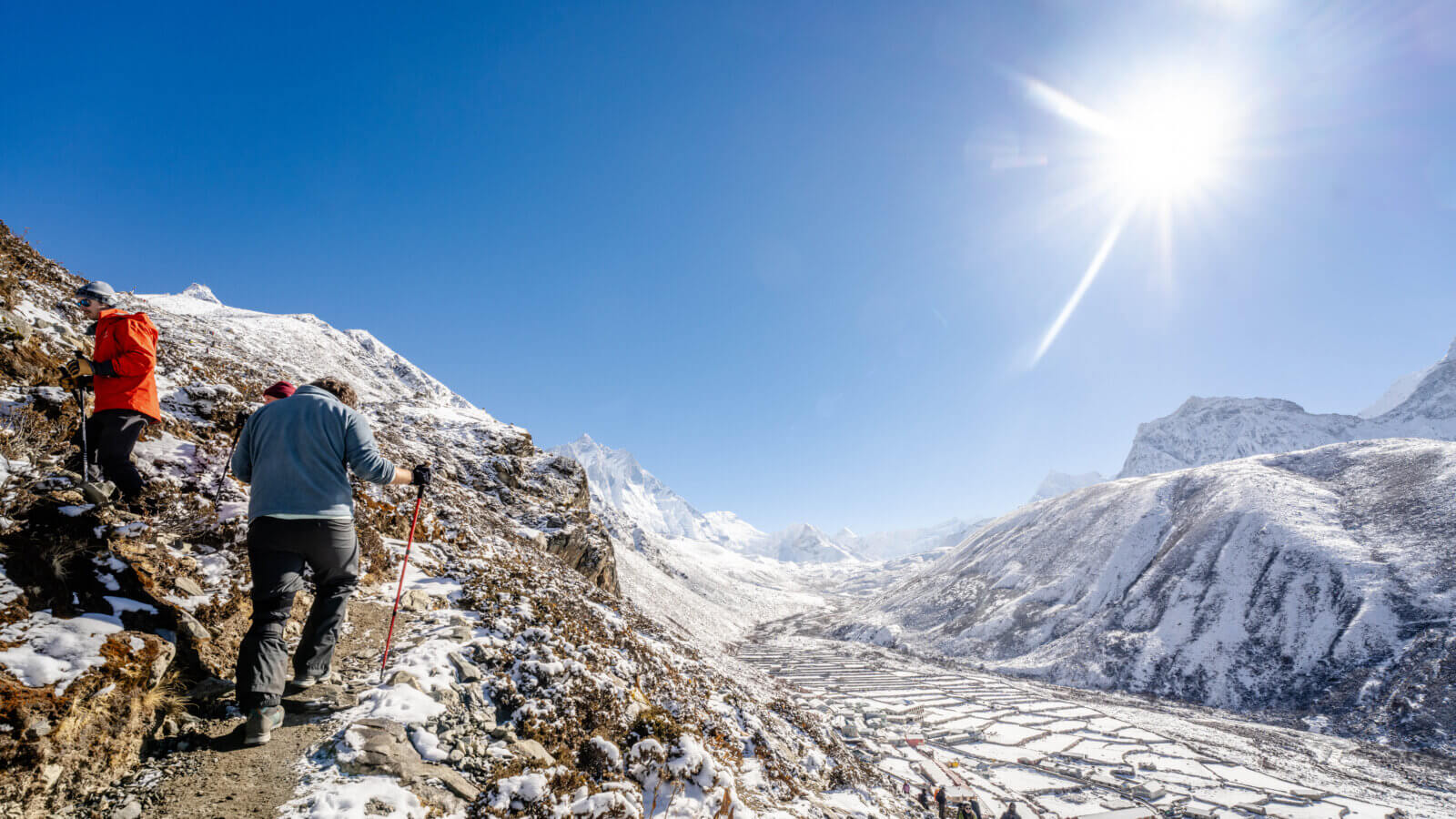
In February 2023, Robert Kyte of Alpenglow asked his dad, who turned 68 in 2023, to trek to Everest Base Camp. With the help of Lynette Talbott of Billy Goat Swift, Alpenglow’s in-house expedition trainer, and many months of hard work and dedication, John Kyte trekked to Everest Base Camp in March 2024.
Written by John Kyte
It began when my son, Robert, asked me to do the Everest Base Camp trek, and I immediately said yes – then I did some homework and realized that, at 68 years old and with a recently diagnosed kidney issue – I had some training to do.
But it felt good to have a goal, something very tangible to focus on, and I started going to the gym. And I pretty quickly had another realization – I didn’t know how to train for this specific, high altitude, endurance event – I had never hiked for four days straight, much less 14, and I had never hiked above about 4,500 feet.
So, I hired Alpenglow’s in-house trainer, Lynette Talbott of Billy Goat Swift. On April 1, 2023, I began training in earnest, with a lot of focus on balance, core strengthening, and legs: single leg presses, squats of every type and variety, lunges, hiking with a pack, and a lot of road and mountain biking.
And I had to get into the mental game, too – making myself train when I didn’t want to, when I was tired, or stressed from work, when it was 100 degrees for 30 days straight in the Louisiana summer, and when I just got bored with going to the gym.
But I started seeing real results, and that was very encouraging, and then I got focused on getting into the best shape I’d probably been in since I had a bad ice climbing accident 40 years earlier and broke both legs. The other part of the mental game was that I began telling people I was going – and once I did that, I was not going to embarrass myself by not going.
The first real test was to see how altitude affected me, so Robert and I went to the Eastern Sierra in August and went up to 11,300 one day and to 12,300 the next. I did it, I was sore as hell afterwards, but I had no altitude problems at all. That was very encouraging.
A month later, we did two 14ers in Colorado – Mt Bierstadt and Quandary Peak – in three days in October and again, no altitude issues. The descents were hard on my knees – really hard – so I added knee-specific exercises to my training – sissy squats, step ups, wall squats, walking backwards on the treadmill at a 20 degree incline, and lots of time on the stairmaster.
And then I got thrown a giant curveball in December: my right knee started really bothering me, and I developed a huge Baker’s cyst on the back of my knee. Working out was painful, hiking was painful, so I cut back and I have to admit, it was pretty discouraging – we were less than 90 days out, I had been working my tail off for 10 months, and out of the blue I had something pretty seriously wrong.
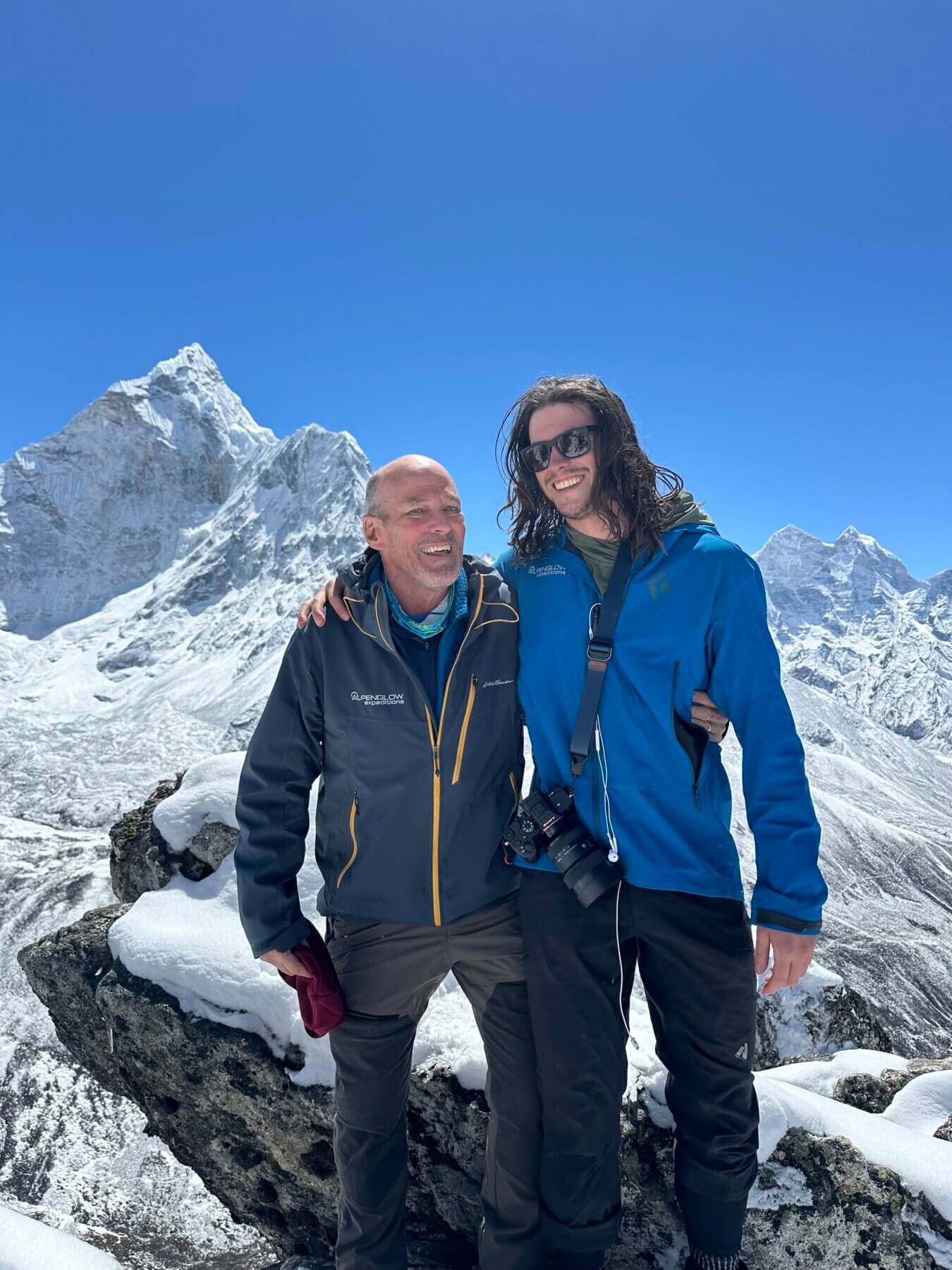
Turns out I had a torn meniscus – no idea how it happened – and by the time that was fully diagnosed, we were eight weeks out and I had to think about surgery. The decision came pretty easily – my surgeon said the knee was a ”ticking time bomb” and he advised against the Everest trek unless I had the surgery. He said I would need 7 weeks to heal – and I had 8.
The surgery went generally well, but I had to work through a lot of residual pain and limit my training, at least for that leg, for several weeks. But in the end, all the work I had put in before the injury paid off, and I recovered pretty quickly.
The last thing I did, which I believe made a huge difference, was to sleep in a Hypoxico tent for the last four weeks before the trek – I live at about 400 feet above sea level, but when I arrived in Kathmandu, I was already acclimatized to 16,400 feet. This is the same system that Alpenglow uses for its Rapid Ascent expeditions.
On the trek, I was never winded, my legs never felt burned out, I was able to keep pace throughout the trek with my team – three 26 year olds and one 29 year old – and while the descents were steep and often difficult, and I definitely slowed my pace to avoid a slip or a twist of the knee, I felt really good the whole time.
It was very special to do the trek with my son, to see a mountain and mountain range I have been fascinated with since I was 7 years old, to be immersed in a totally different culture halfway around the world, to feel really small and humbled by the size and beauty of the Himalaya, and to prove to myself that I could do it physically and mentally. I had legitimate excuses that I could have used to not go – but that was never in the cards.
There’s no time like the present! Reach out to our team today to make your mountain dreams come true, and remember: it’s never too late.
